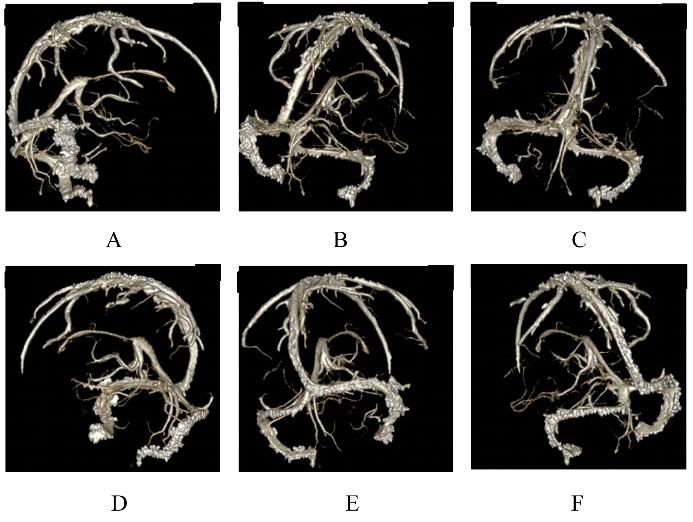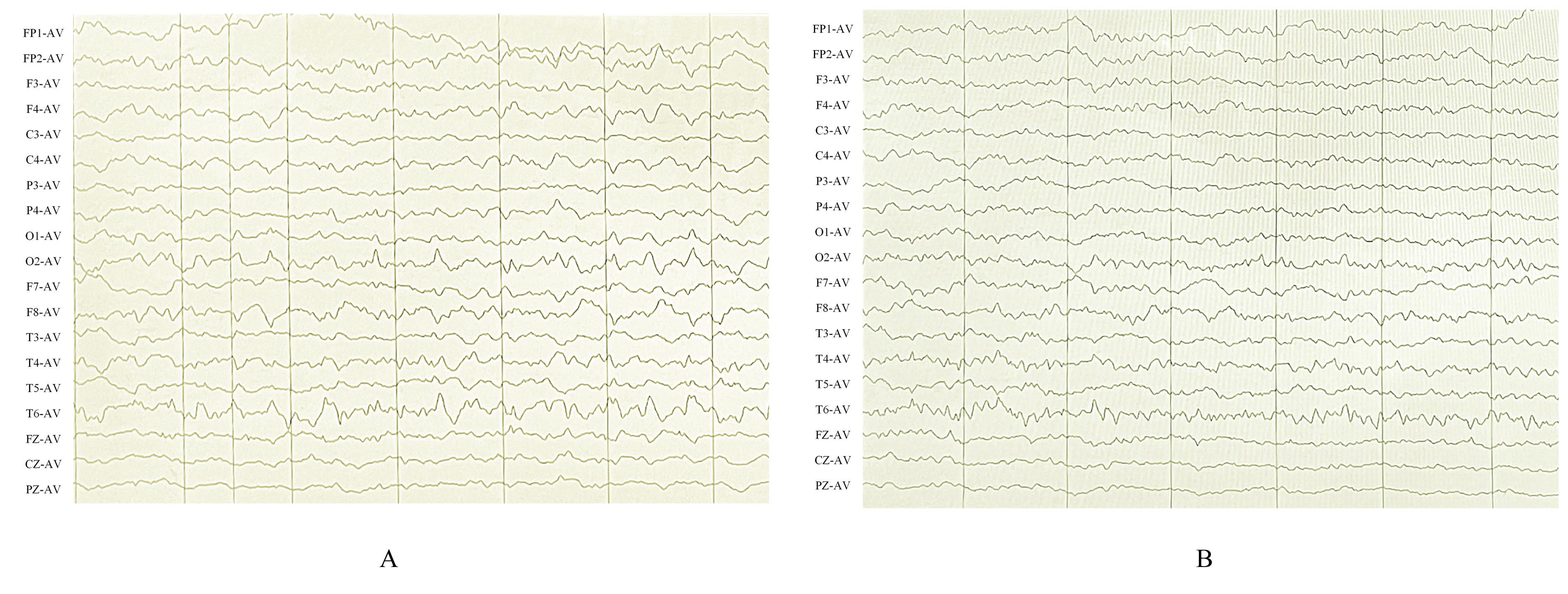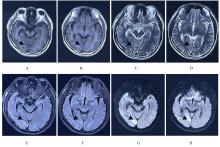| 1 |
MCKEON A, TRACY J A. GAD65 neurological autoimmunity[J]. Muscle Nerve, 2017, 56(1): 15-27.
|
| 2 |
ZHANG Y F, YU N, LIN X J, et al. Clinical characteristics and outcomes of autoimmune encephalitis patients associated with anti-glutamate decarboxylase antibody 65[J]. Clin Neurol Neurosurg, 2020, 196: 106082.
|
| 3 |
DADE M, BERZERO G, IZQUIERDO C, et al. Neurological syndromes associated with anti-GAD antibodies[J]. Int J Mol Sci, 2020, 21(10): 3701.
|
| 4 |
GAGNON M M, SAVARD M, MOURABIT AMARI K. Refractory status epilepticus and autoimmune encephalitis with GABAAR and GAD65 antibodies: a case report[J]. Seizure, 2016, 37: 25-27.
|
| 5 |
ETEMADIFAR M, AGHABABAEI A, NOURI H, et al. Autoimmune encephalitis: the first observational study from Iran[J]. Neurol Sci, 2022, 43(2): 1239-1248.
|
| 6 |
ZHU F, SHAN W, LV R J, et al. Clinical characteristics of anti-GABA-B receptor encephalitis[J]. Front Neurol, 2020, 11: 403.
|
| 7 |
DAIF A, LUKAS R V, ISSA N P, et al. Antiglutamic acid decarboxylase 65 (GAD65) antibody-associated epilepsy[J]. Epilepsy Behav, 2018, 80: 331-336.
|
| 8 |
CONDE-BLANCO E, PASCUAL-DIAZ S, CARREÑO M, et al. Volumetric and shape analysis of the hippocampus in temporal lobe epilepsy with GAD65 antibodies compared with non-immune epilepsy[J]. Sci Rep, 2021, 11(1): 10199.
|
| 9 |
SHAN W, YANG H J, WANG Q. Neuronal surface antibody-medicated autoimmune encephalitis (limbic encephalitis) in China: a multiple-center, retrospective study[J]. Front Immunol, 2021, 12: 621599.
|
| 10 |
FEYISSA A M, MIRRO E A, WABULYA A, et al. Brain-responsive neurostimulation treatment in patients with GAD65 antibody-associated autoimmune mesial temporal lobe epilepsy[J]. Epilepsia Open, 2020, 5(2): 307-313.
|
| 11 |
TEBARTZ VAN ELST L, BECHTER K, PRÜSS H, et al. Autoantibody-associated schizophreniform psychoses: pathophysiology, diagnostics, and treatment[J]. Nervenarzt, 2019, 90(7): 745-761.
|
| 12 |
KAJITA Y, MUSHIAKE H. Heterogeneous GAD65 expression in subtypes of GABAergic neurons across layers of the cerebral cortex and hippocampus[J]. Front Behav Neurosci, 2021, 15: 750869.
|
| 13 |
RONCHI N R, SILVA G D. Comparison of the clinical syndromes of anti-GABAa versus anti-GABAb associated autoimmune encephalitis: a systematic review[J]. J Neuroimmunol, 2022, 363: 577804.
|
| 14 |
李荣姬, 孙美珍. 癫痫发作的昼夜分布及机制[J]. 中风与神经疾病杂志, 2022, 39(4): 382-384.
|
| 15 |
DE BRUIJN M A A M, VAN SONDEREN A, VAN COEVORDEN-HAMEETE M H, et al. Evaluation of seizure treatment in anti-LGI1, anti-NMDAR, and anti-GABABR encephalitis[J]. Neurology, 2019, 92(19): e2185-e2196.
|
| 16 |
AZIZI S, VADLAMURI D L, CANNIZZARO L A. Treatment of anti-GAD65 autoimmune encephalitis with methylprednisolone[J].Ochsner J,2021,21(3):312-315.
|
| 17 |
SEERY N, BUTZKUEVEN H, O'BRIEN T J, et al. Rare antibody-mediated and seronegative autoimmune encephalitis:an update[J].Autoimmun Rev,2022,21(7): 103118.
|
| 18 |
FENG X D, ZHANG Y J, GAO Y, et al. Clinical characteristics and prognosis of anti-γ-aminobutyric acid-B receptor encephalitis: a single-center, longitudinal study in China[J]. Front Neurol, 2022, 13: 949843.
|
| 19 |
NISSEN M S, RYDING M, MEYER M, et al. Autoimmune encephalitis: current knowledge on subtypes, disease mechanisms and treatment[J]. CNS Neurol Disord Drug Targets, 2020, 19(8): 584-598.
|
| 20 |
LIN J F, LI C, LI A Q, et al. Long-term cognitive and neuropsychiatric outcomes of anti-GABABR encephalitis patients: a prospective study[J]. J Neuroimmunol, 2021, 351: 577471.
|
| 21 |
WEN X C, WANG B J, WANG C J, et al. A retrospective study of patients with GABABR encephalitis: therapy, disease activity and prognostic factors[J]. Neuropsychiatr Dis Treat, 2021, 17: 99-110.
|
 )
)











